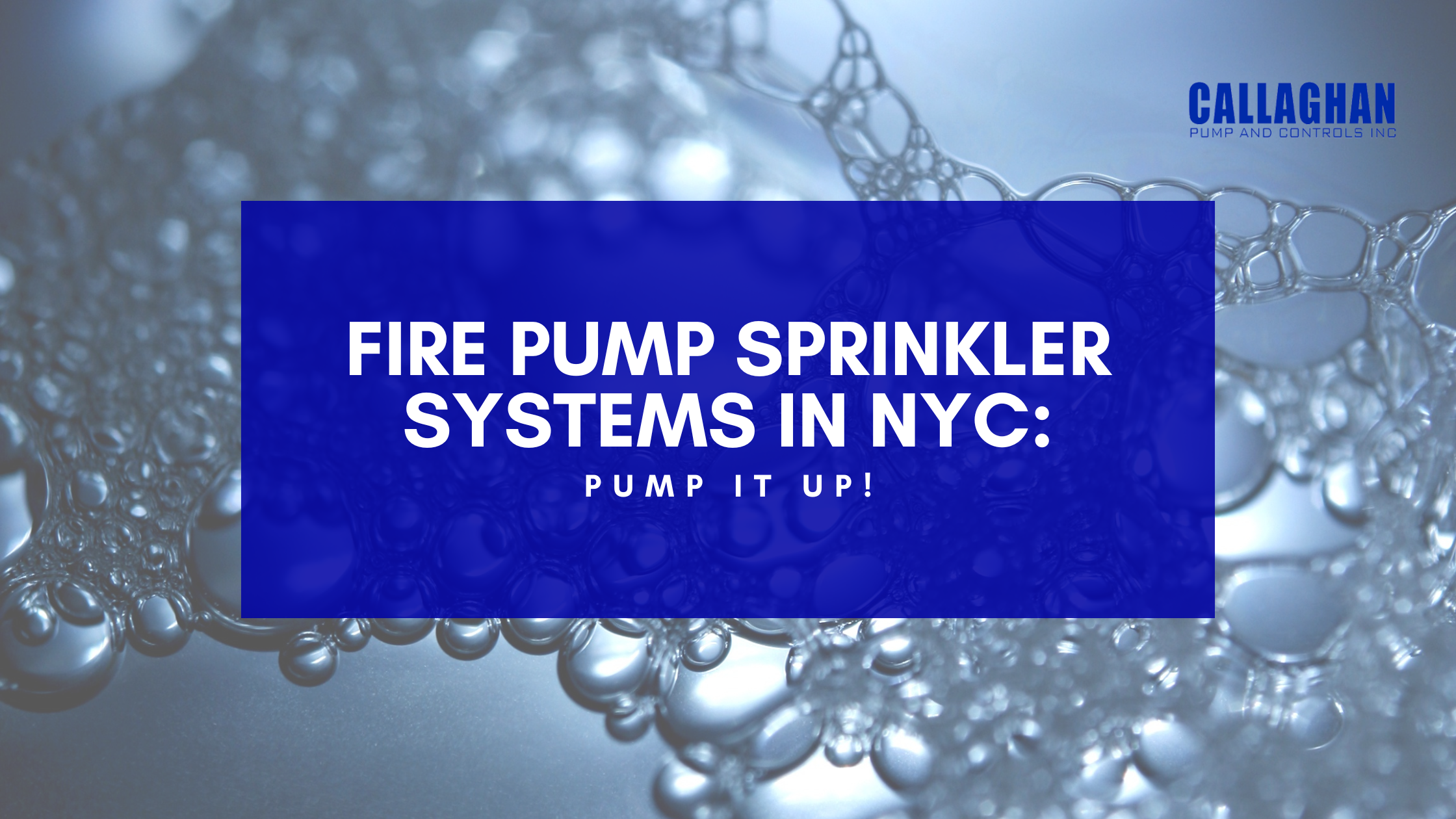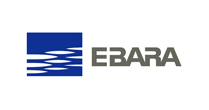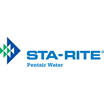
May 23rd, 2023
Fire pump sprinkler systems supply water at high pressure to sprinklers, standpipes, or other firefighting equipment in high-rise buildings or other structures. They are designed to provide a reliable source of water pressure to help extinguish a fire before it worsens.
No matter what type of fire pump you install, they all require positive suction. However, this does not apply to vertical turbine fire pumps. Instead, these pumps use water drawn from nearby wells or water tanks.
If you live in a building where water pressure is an issue, you need to consider installing a fire pump for fire sprinkler systems in NYC. There are several additional reasons why you need a fire pump.
Fire pumps are primarily used when the existing municipal water supply can’t provide sufficient water pressure or volume to operate the sprinkler system.
As discussed above, high-rise buildings over a certain height may require a fire pump to ensure that the water reaches the upper floors with enough pressure to meet the fire pump sprinkler systems requirement.
Fire pumps are often installed as a backup to ensure the sprinkler system remains operational during a power or other system failure.
Some NYC structures or buildings, such as high-risk industrial facilities, may require a higher level of fire protection. This may include using fire pumps to supply water at a higher pressure. Thus, you will need fire sprinkler systems in NYC.
Having a jockey pump in your fire pump is essential. It is a small pump connected to the fire sprinkler system to help it maintain water pressure in the sprinkler pipes. This ensures that if a fire sprinkler is activated and there is a pressure drop, it will be sensed by the fire pump’s automatic controller, causing the fire pump to start automatically. Jockey pumps do not have to be certified for fire system application, but the control equipment may carry approvals.
When it comes to fire pump installation, keep the National Fire Protection Association or NFPA 20 standards in mind. NFPA 20 guides fire pump installations but provides no listings or approvals. This depends on your local fire authority.
NFPA 20’s purpose is to ensure that fire pumps are correctly installed and function effectively in a fire. These standards cover various topics related to the installation of fire pump systems, including types of fire pumps, their installation requirements, pump room, pump house design, suction piping, etc.
Below are some key requirements of the NFPA 20 standard:
Another requirement is that each fire pump must be tested to meet the fire suppression requirements before it can be shipped. There has to be a certified factory test curve and fire pump flow chart, along with a rated duty point, which consists of the rated flow and the rated pressure.
Fire pumps are an essential component of fire sprinkler systems in buildings where water pressure is an issue. Their use can help you prevent property damage and save lives in a fire. For more fire pump sensing line details, contact us today.
john@callaghanpump.com,
eileen@callaghanpump.com,
dan@callaghanpump.com,
sales@callaghanpump.com,
service@callaghanpump.com












